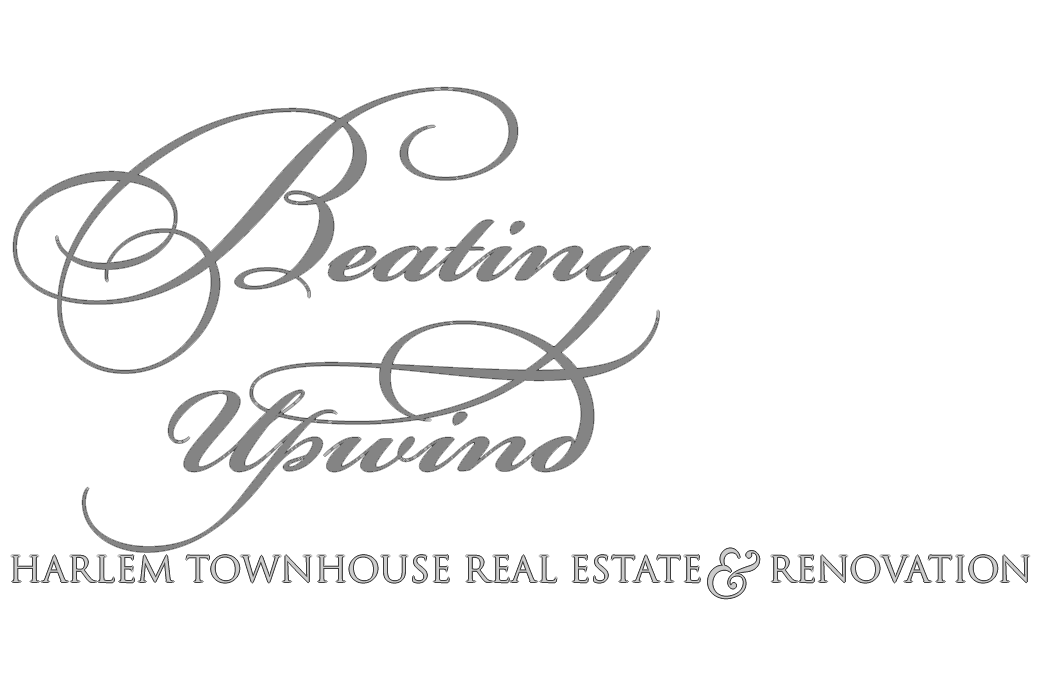Julia Angwin of the Wall Street Journal is wrapping up the renovation of her place two blocks from ours. It’s funny how what she writes is so pertinent to our situation. When she wrote about how disappointed she was that the nice deep tub she had spec’d wouldn’t fit and she had to use the shorter one which was much shallower, I realized we had made the same mistake by spec’ing the same exact short tub thinking it was as deep as the longer versions of the same tub.
Now things are wrapping up on their renovation and her latest blog post relates how delays are causing cash flow problems for them and they had to come up with $30,000 in two days to keep the contractor on the job and working. We’ve been thinking through the cash flow issues lately and have been realizing we’re going to need a large amount of cash right at the end of the project…
Problem #1: The Mortgage
We’re getting a rehab loan – 100% of it is going to rehab costs (architectural fees + construction costs). The bank doles out the money as things are completed. We don’t have access to all the money up-front. Even though the money isn’t ours until the work is done, we’re still paying interest on the entire loan amount from day one. I think they put the unused portion in an “interest bearing” account – but with interest rates near zero these days, that doesn’t mean much of anything.
Paying interest on the loan means the loan has started. That means we have to pay loan payments. They will roll up to 6 months of loan payments into the mortgage amount, but our project is going to take longer than 6 months. That means we have to start paying the mortgage in month 7 even though we can’t live there and can’t rent out the apartment to cover the cost of the mortgage. So that’s cash flow problem #1.
Problem #2: The C of O and Renting
Even though our building has multiple, active vacate orders (some of which date back to before I was born), we can live in the building as owners/caretakers. However, we can’t rent out the garden apartment until a new Certificate of Occupancy is issued. I haven’t heard anyone who’s had a good experience with the C of O inspection process. So cash flow problem #2 is our lack of rental income while we pay the mortgage and wait for the C of O.
Problem #3: The Bank’s 10% Hold
The bank does a 10% hold on all amounts paid in order to assure they’re getting what they paid for – a completed rehab. The final 10% is paid when they confirm that the C of O has changed – in our case from class C4 (old law tenement) to class B (2 family). The issue is that the C of O process can be long and unpredictable – and the length of the process is not necessarily the fault of the contractor. Our contractor has done work for us before (as well as work for friends and neighbors). We know him and trust him, and we know him well enough to know waiting for the 10% could be a hardship for his business. As a result we’ve offered to pay him a portion of the 10% holdback early provided our architect confirms that he’s finished and done a proper job. (This is essentially the situation Julia Angwin encountered with her contractor only it came unexpectedly).
The issue is that we’ll need to come up with that money at a time when we’re short on money because we’ve been paying a mortgage without getting rental income to help with the payments. Like Julia Angwin, we’ll probably have to raid our retirement accounts to make ends meet, but it will be temporary. Unlike the mortgage payments – at least we’ll get the money back from the bank.
So the moral of the story is – if you’re planning a renovation plan for how you’ll come up with a big chunk of cash at the end of the project – you’ll probably need it.
In other news, we finally signed the contract with our contractor this afternoon. However, he can’t start because of the stop work order. Dan and I are going to go down to try to see the DOB borough commissioner first thing Monday morning. In our opinion it’s a little crazy that it hasn’t been cleared yet. Hopefully we can get it cleared up quickly so our contractor can start.

